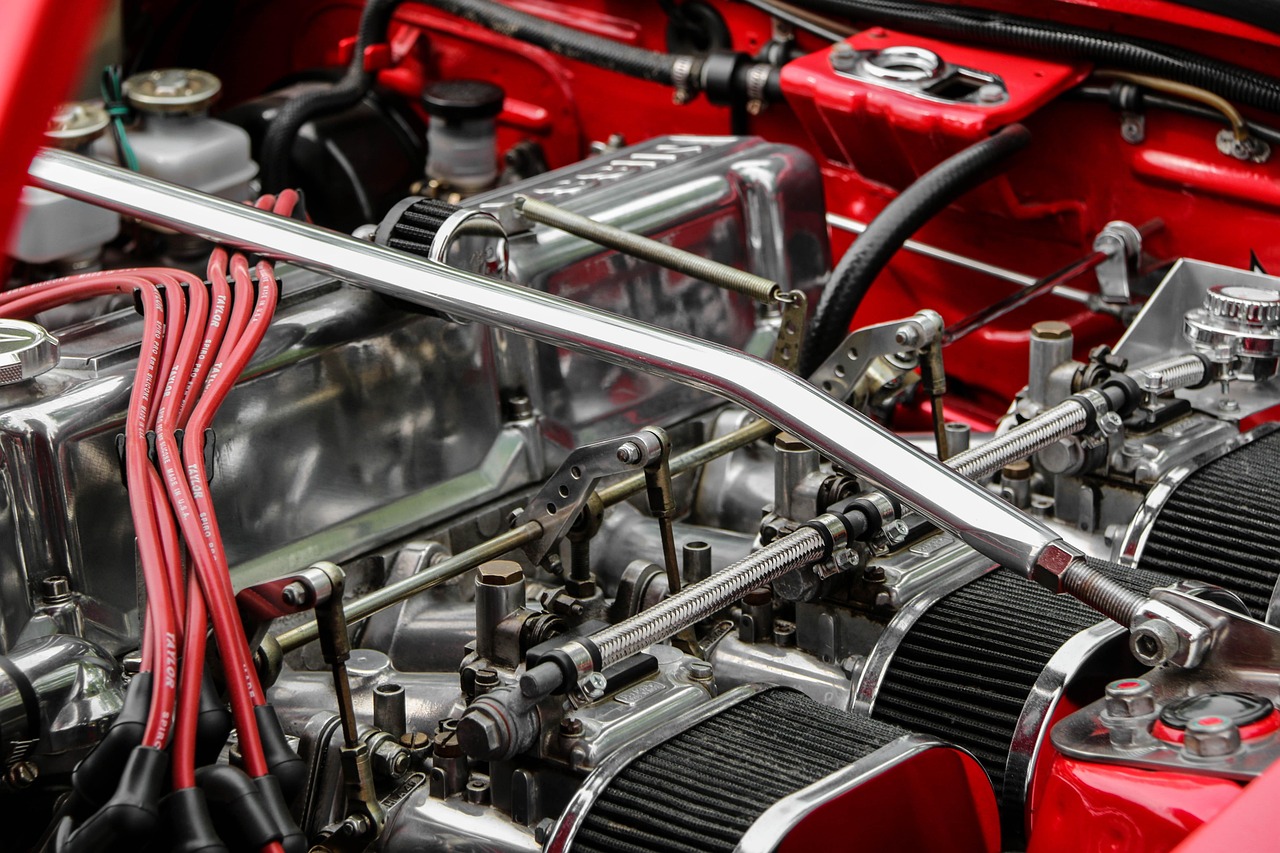Purchasing a used car can be an exciting and budget-friendly experience—but only if you go in with your eyes open. While a used vehicle may appear flawless at first glance, it might have a troubling past you can’t see: unpaid finance, clocked mileage, structural damage, or even a stolen identity.
In fact, recent studies show that over 52% of second-hand cars in the UK come with at least one hidden issue. These risks make it absolutely essential to run a car history check before making a purchase. For the cost of a few coffees, you can access key information that could save you thousands—and a lot of stress down the line.
This comprehensive guide walks you through what a history check is, what it reveals, how to run one, and the other key steps to ensure your used car purchase is a smart and safe investment.
What Is a Vehicle History Check?
A vehicle history check is a digital report that compiles vital information about a car’s past from official sources like the DVLA, insurers, police databases, finance companies, and MOT testing records.
In the UK, the term HPI check is often used generically to refer to any comprehensive car background report, though HPI is one of several providers.
These checks are designed to give buyers peace of mind, protect against fraud, and help identify vehicles with financial or legal complications before it’s too late.
What a Car History Report Can Reveal
Here are the most important checks included in a comprehensive report:
✅ Outstanding Finance
If a car still has finance attached to it, it legally belongs to the lender—not the person selling it. You could lose the car and your money.
✅ Stolen Vehicle Check
A proper history check will confirm if the car is listed as stolen on police databases. If it is, authorities can seize the car—even after you’ve bought it.
✅ Insurance Write-Off Data
Reports will identify if the car has ever been written off by an insurer. Categories include:
- Category S – Structural damage (repaired)
- Category N – Non-structural damage
- Category A or B – Severe damage, usually unrecoverable or for parts only
✅ Mileage Verification
Clocking (odometer rollback) is one of the most common used-car scams. A history report compares MOT mileage records and other data to highlight discrepancies.
✅ VIN & Logbook Matching
The Vehicle Identification Number (VIN) is unique to every vehicle. If the VIN doesn’t match the logbook or the chassis, you could be looking at a cloned car.
✅ MOT Test Records
See pass/fail history, advisory notes, and trends over time. Frequent failures could indicate neglect or deeper mechanical problems.
✅ Plate & Colour Changes
Changing the colour or registration plate is not always suspicious—but it could be used to disguise a car’s identity.
✅ Scrapped or Exported Status
Some reports even show if the vehicle has been marked as scrapped or exported, in which case it shouldn’t be back on UK roads at all.
✅ Recall Notices
Check whether the car has been subject to any manufacturer recalls that have yet to be resolved.
️ How to Run a Vehicle History Check (Step-by-Step)
Step 1: Gather the Details
Get the registration number and the VIN from:
- The windscreen base (driver’s side)
- The door frame
- Under the bonnet
- The V5C logbook
Make sure these numbers match across the vehicle and documentation.
Step 2: Use Government Tools for Free Checks
Before purchasing a full report, start with free services to verify basic details:
- DVLA Vehicle Enquiry
- MOT History
- Road Tax Status
Step 3: Buy a Full Vehicle History Report
To reveal hidden red flags, use a trusted provider such as:
- HPI Check
- Car Owl
- RAC Vehicle History
- AA Car Check
- AutoTrader Vehicle Check
Reports typically cost between £10 and £20 and are delivered instantly via email or download.
Step 4: Analyse the Report Carefully
Look for:
- Odometer issues
- Write-off status
- Outstanding finance
- VIN mismatches
- Plate/colour changes
- Stolen vehicle alerts
Even one of these could be a dealbreaker—or a powerful negotiating tool.
Additional Tips for Buying a Used Car
Pair your history check with these smart strategies:
- Inspect the car during daylight: Look for rust, dents, uneven paint, or poorly aligned body panels.
- Test drive: Feel for vibrations, braking issues, and electrical faults.
- Ask for service records: A fully stamped service book is a great sign of a well-maintained vehicle.
- Confirm the seller’s ID and address: It should match the V5C logbook. Be cautious if they’re vague or unwilling to meet at home.
- Use price comparison sites like AutoTrader or Parkers to check the car’s value.
Final Thoughts: Spend a Little to Save a Lot
In today’s fast-moving used car market, it’s easy to get caught up in a deal that looks great on the outside—but hides serious issues underneath. That’s why a car history check is not just a helpful tool, it’s a must.
For a small fee, you’ll protect yourself from buying a stolen, unsafe, or overvalued car. It’s the single smartest step you can take toward buying a car that’s reliable, legal, and worth every penny.
So before you hand over your cash, check the car’s past—because a great deal is only great if it’s real.
